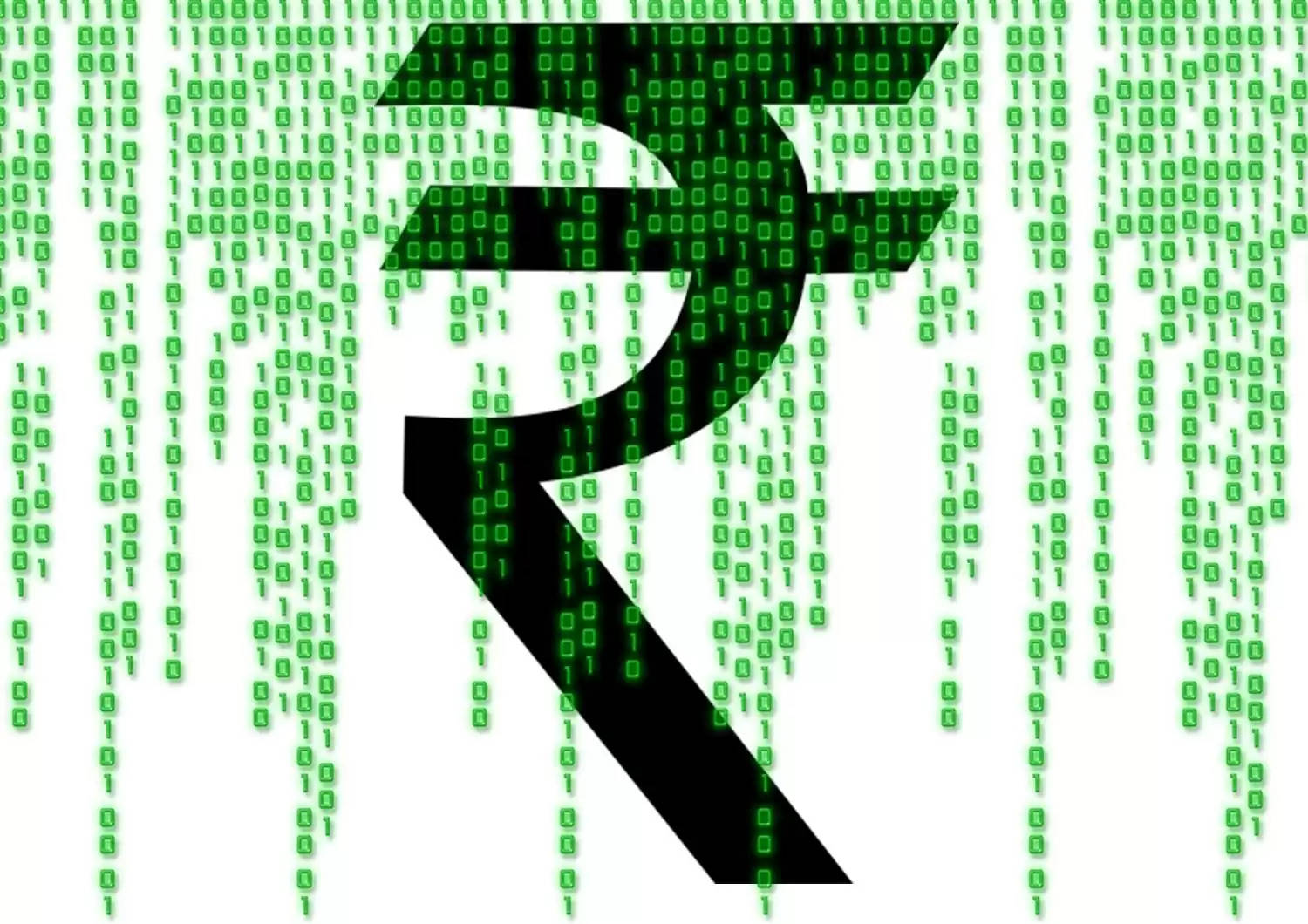India’s regulated Digital Currency – Pilot projects likely says RBI Deputy Governor
Several countries are looking into viability of creating and issuing CBDCs but no country has done it so far...
In 2017, the Finance Ministry had set up a ministerial committee to look into policy and legal framework for virtual currencies and had also recommended the introduction of CBDCs as fiat money in India.
The Reserve Bank of India is contemplating pilot projects in both the wholesale and retail segments in the country in the near future, in an attempt to implement a phased introduction of India’s regulated Digital Currency.
T Rabi Sankar, the Deputy Governor of the Reserve Bank of India said on Thursday that the central bank is looking at implementing Central Bank Digital Currency for India in the near future, much on the lines of several other countries.
Central Bank Digital Currency will be a legal tender issued by the RBI in digital form and will be equivalent to the fiat currency (Indian Rupee) in terms of value.
Unlike private virtual currency (cryptocurrency), which is unregulated and decentralized, the CBDC will be centralized and regulated much like the current fiat currency. CBDC has the potential to provide benefits, viz. reduced dependence on cash, higher seigniorage due to lower transaction (printing) costs and reduced settlement risk. The volatility level of private virtual currencies will be nullified by the introduction of CBDCs.
Speaking at an online interaction organized by the Vidhi Centre for Legal Policy, the Deputy Governor said that introducing Central Bank Digital Currency will lead to a more robust, efficient, trusted, regulated and legal tender based payment option. The associated risks, however, will need to be weighed against the benefits.
The RBI, he said, is reviewing the scope, underlying technology, validation mechanism and distribution architecture of CBDCs. These would also invite significant amendments to the Coinage Act, Foreign Exchange Management Act (FEMA) and Information Technology Act.
What is Fiat Currency
Most modern currencies like the Indian Rupee, Euro, US Dollar, etc. are examples of Fiat Currency. Money is in four kinds – Commodity, Fiat, Fiduciary and Commercial. Fiat is a government-issued and regulated currency, which is not backed by any commodity like Gold, etc and gives the Central Bank enhanced control over the economy since it can control how much FIAT Currency is printed. Most of the world’s money is Fiat Currency and is accepted because the government says that it is legal tender. The Value is defined and the public has confidence in the currencies ability to serve as a storage medium of purchasing power. China was the first country to use Fiat currency in 1000AD.
Is Cryptocurrency (Bitcoin) a Fiat Currency
Thought the Bitcoin is not backed in value by a commodity or precious metal, it is still not Fiat currency since there is no control over its value.
To join us on Facebook Click Here and Subscribe to UdaipurTimes Broadcast channels on GoogleNews | Telegram | Signal



